Tags
"travel"
Presidents Summer Fellowship, Rediscovery and Writing in the Desert Part 3, Nathan Martin
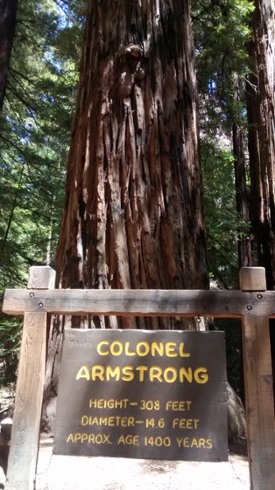
Colonel Armstrong Tree
Nate Martin '16, English Literature, is a President's Summer Fellow on a trip through the American Southwest with the goal of rewriting his connection to poetry by visiting areas where he first established that connection.
It was one of the last nights of my trip and I was in northern California, looking for a place to sleep. I googled "campgrounds" and after rejecting a bunch of RV parks that came up, I found Bullfrog Pond Campground. It seemed remote and also near, so I set the google directions to it from my phone and headed there.
I turned off I-5, onto a winding river road through small communities. This ended in a small town where I turned onto a smaller road. This road ended at a park entrance. The sign said "Armstrong Redwoods State Natural Reserve." I was immediately ecstatic, as the coastal redwoods were the final thing I really wanted to see on this trip. I've wanted to see them since I first learned they existed, more than a decade ago.
Continue reading Presidents Summer Fellowship, Rediscovery and Writing in the Desert Part 3, Nathan Martin
President's Summer Fellowship 2015: Nathan Martin - Part 2
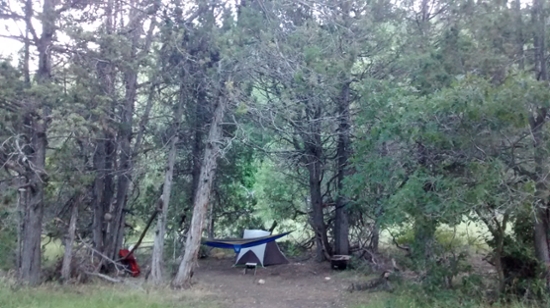
My gloriously lazy hammock camp on a backpacking trip in Bryce Canyon - Riggs Spring Loop Trail.
Nate Martin '16, English Literature, is a President's Summer Fellow on a trip through the American Southwest with the goal of rewriting his connection to poetry by visiting areas where he first established that connection.
I was thinking about Sylvia Plath. I was reading The Colossus, and briefly read a poem called “Mushrooms.” I didn't like it much, and I started to wonder why. Why did Plath like it enough to include it in her collection? Does anyone like it? What makes one poem better than another? Why is one good, and another bad? Is it just relative, subjective? Is it about connections? Complexity? Simplicity? My mildly negative reaction to one poem brought me to questions about aesthetics, and, as sometimes happens when questions are piled up, I came up with some answers. But first I decided to try to write a really bad poem. Here it is:
This tree is like my heart.
Continue reading President's Summer Fellowship 2015: Nathan Martin - Part 2
Presidents Summer Fellowship, Art in Italy, Margaret MacLean
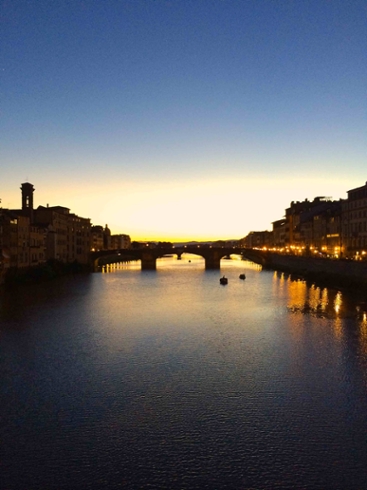
President's Summer Fellow Margaret MacLean, '16, studio art major, is leading art classes for youth with intellectual and developmental challenges at the Cooperativa Barberi in Florence, Italy. Read on for her adventures:
Today I ran down an “up” escalator with my stomach full of mozzarella and espresso. Honestly, this is a pretty good metaphor for how the last month and a half has been for me in Italy: exhilarating, frustrating, accompanied by plenty of moving backwards, and success only after a big leap of faith. And always after eating a little more than I thought I could!
The weather in Florence is almost unbearably hot and humid but I am getting used to it. I spend my mornings in Italian class and my afternoons volunteering in art therapy or exploring the city. I drink at least two espresso a day, speak only Italian at home, and I am slowly cooking my way through a Tuscan cookbook. I work in the garden with my host nonna (grandmother). I practice my landscape sketching on the banks of the Arno and in various piazze (plazas) around the city. When I get homesick and/or overheated I watch American movies dubbed in Italian at the foreign movie theatre. I am loving my volunteer work, my students, and the new friends I have made here.
Continue reading Presidents Summer Fellowship, Art in Italy, Margaret MacLean
Presidents Summer Fellowship 2015: Nathan Martin, Rediscovery in the Desert
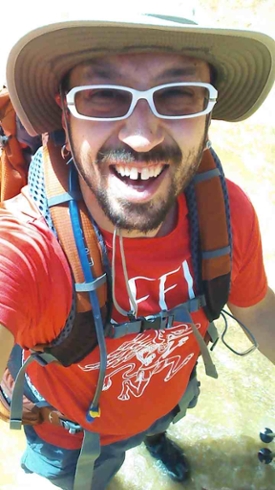
Part One: Water of Unknown Depth
Nate Martin '16 is a President's Summer Fellow on a trip through the American Southwest with the goal of rewriting his connection to poetry by visiting areas where he first established that connection.
I'm out here now in Green River, Utah on I-70 in the eastern side of the state. I've taken a day off from hiking and driving around and talking to people to sit down and figure out where I am.
The Smiles of the Children: Marshal Academy Internship in Pakistan, McGill Lawrence Internship Award, Ahyan Panjwani
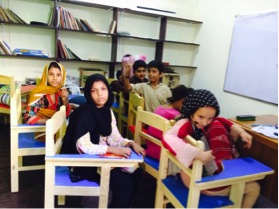
During the scorching summer of 2014, I worked with Mashal Academy, an alternate school for underprivileged children in Neelum Colony, a squatter settlement in Karachi, Pakistan. The initiative is primarily run by high school students from The Lyceum; they spend afternoons and early evenings with primary school level children from the area helping them with Math, English, Urdu (the national language) and basic sciences which are part of the Department of Education endorsed curriculum. Mashal was based in a single room, rented by the high school students where they used to help around 15 children with these subjects.
However, because of the superior quality and consistency of education that the students offered, there was a surge in the number of children wanting to attend Mashal. In light of this, I worked with the students to lease a new space which is much bigger and accommodates 34 children and the activities that the mentors plan for them. The new place has two rooms and a huge veranda allowing the students to be divided into two groups depending on their prior academic learning. Over the summer, we also created lesson plans for new subjects including Music, Arts, Drama and Physical Education while also allotting an hour every week for reading time. Given the pedagogical methods in the schools usually available to the children, these new additions are phenomenal – almost unheard of. We also laid ground for two other programs at Mashal: monthly medical check-ups for the children by a qualified pediatrician and a daily lunch program. Both of these are aimed at incentivizing parents to send their children to school while also providing quality services in area where infrastructure for health and hygiene is almost negligible.
Most importantly, we put in place a sustainable donor model for Mashal over the summer. Since the school was housed in smaller premises earlier, the rent was not a very big issue. However, the new house and the expanded services being offered mean that the operating costs have risen substantially. I guided the students towards finding and approaching donors who would pledge to chip in with the costs on a monthly basis for an entire year before renewing their commitments.
Continue reading The Smiles of the Children: Marshal Academy Internship in Pakistan, McGill Lawrence Internship Award, Ahyan Panjwani
Peruvian Rainforest Conservation Project: Jaclyn Calkins, Winter Fellowship for International Travel

Working on a conservation project for two weeks at Chontachaka Lodge in Manu Ecological Reserve, Peru, has been one of the most rewarding experiences of my life. Time flew as I spent my days surrounded by a dense, green, and immensely beautiful Amazon jungle environment. I got my hands dirty helping to save it for future generations. Volunteers ate a completely vegetarian diet, since the space required for meat farming has widespread and devastating impacts on forests. We also used only biodegradable supplies, including clay-and-pasta-based toothpaste and lemon oil bug repellant (which didn't do much to prevent me from getting back to Cusco covered in insect bites from head to toe, but DEET-based bug repellants are terrible for the ecosystem!) The idea, in addition to being out there helping with conservation, was to leave as little of a footprint as possible - and I was able to do just that.
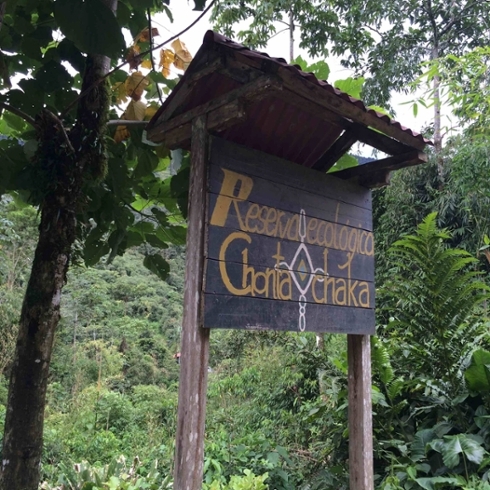
My tasks in this project included planting species vital to the region (such as the leche-leche plant, called such because of its white sap, which attracts an uncommon species of green butterfly), using a machete to remove invasive species (like bamboo) that threaten the growth of native plants, and monitoring wildlife such as Peru's native bird: el gallito de las rocas, or cock of the rocks, and a number of frog species impacted by climate change. In my free time, I had the opportunity to hike the reserve’s many trails, walk to tiny local jungle villages to practice my Spanish, journal about my experiences and the history I learned in Cusco to inspire future fiction writing, visit an animal sanctuary, and swim in nearby waterfalls! Only in Manu can a variety of animals such as wild monkeys, jaguars, giant anteaters, giant otters, and caimans still live without fear of hunting or other human influences, and a majority of insects there have not been studied by science at all. Most of the reserve (which is the size of New Hampshire) is accessible only to licensed biologists, so it was a blessing to be able to work in part of it as a student. I hope to return to Manu in the future to explore even more of the area as a field biologist. This was an amazing and eye-opening way to spend my Winter Break, and I'm very thankful to Reed for making this opportunity possible.
Continue reading Peruvian Rainforest Conservation Project: Jaclyn Calkins, Winter Fellowship for International Travel
Chasing Bluegrass: Katie Halloran hits the road on her PSF adventure
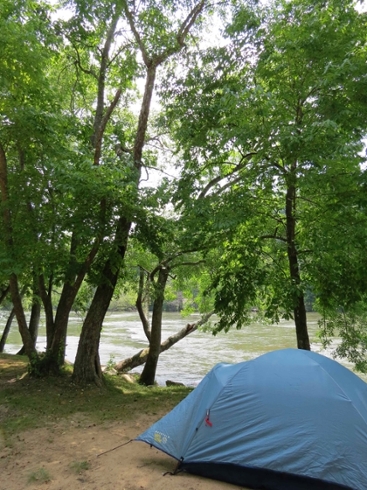
My summer so far has been pretty all-American: I’ve mostly been driving. I will be spending the summer in and around Asheville, NC, looking at the relationship between bluegrass music and community building. I’ll be playing my mandolin, going to bluegrass festivals, and talking to as many people as I can about their experience in the bluegrass community. To do all of that, I decided I would need access to my car. So I left Portland a few days after commencement and drove east, past Mt. Hood and out into the Oregon desert. I went through Boise and then through the sagebrush and fuzzy country radio of Eastern Utah and Northwestern Colorado, stopping for a week to spend time in the mountains with my family. After that, I was on the road again, down from the mountains and across Kansas. Kansas is as flat and featureless as advertised, but they make up for it with high-quality billboards: paintings of Jesus peaking out from a wheat field and advertisements for the world’s largest prairie dog (50 feet tall!), along with the typical “click it or ticket” reminders.
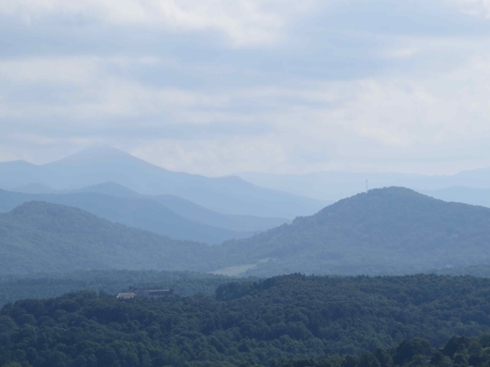
I stopped for a night on the banks of the Mississippi River in Alton, IL, the town where my dad grew up, and went on to camp in Mammoth Cave National Park in Kentucky. After Kentucky, I had to make a stop in Nashville, Tennessee. Nashville is the epicenter of country music in a lot of ways, but I went there for only one reason: I wanted to see the Ryman Auditorium. The Ryman is the mother church of country music and the place where the Grand Ole Opry radio show was originally broadcast. Almost every major star in country and bluegrass music has performed on the Grand Ole Opry, and it’s where the father of bluegrass music, Bill Monroe, really became famous. Monroe and his Bluegrass Boys played “Mule Skinner Blues” the first time he played there. Apparently it was so good that the audience demanded an encore – the first time they had done so at the Opry. I had to navigate through Nashville’s CMA Music Fest to get there, but I saw the Ryman, resisted buying a t-shirt, and made my way on to Asheville.
Continue reading Chasing Bluegrass: Katie Halloran hits the road on her PSF adventure
Telling the Cuban Story: A President’s Summer Fellowship Project
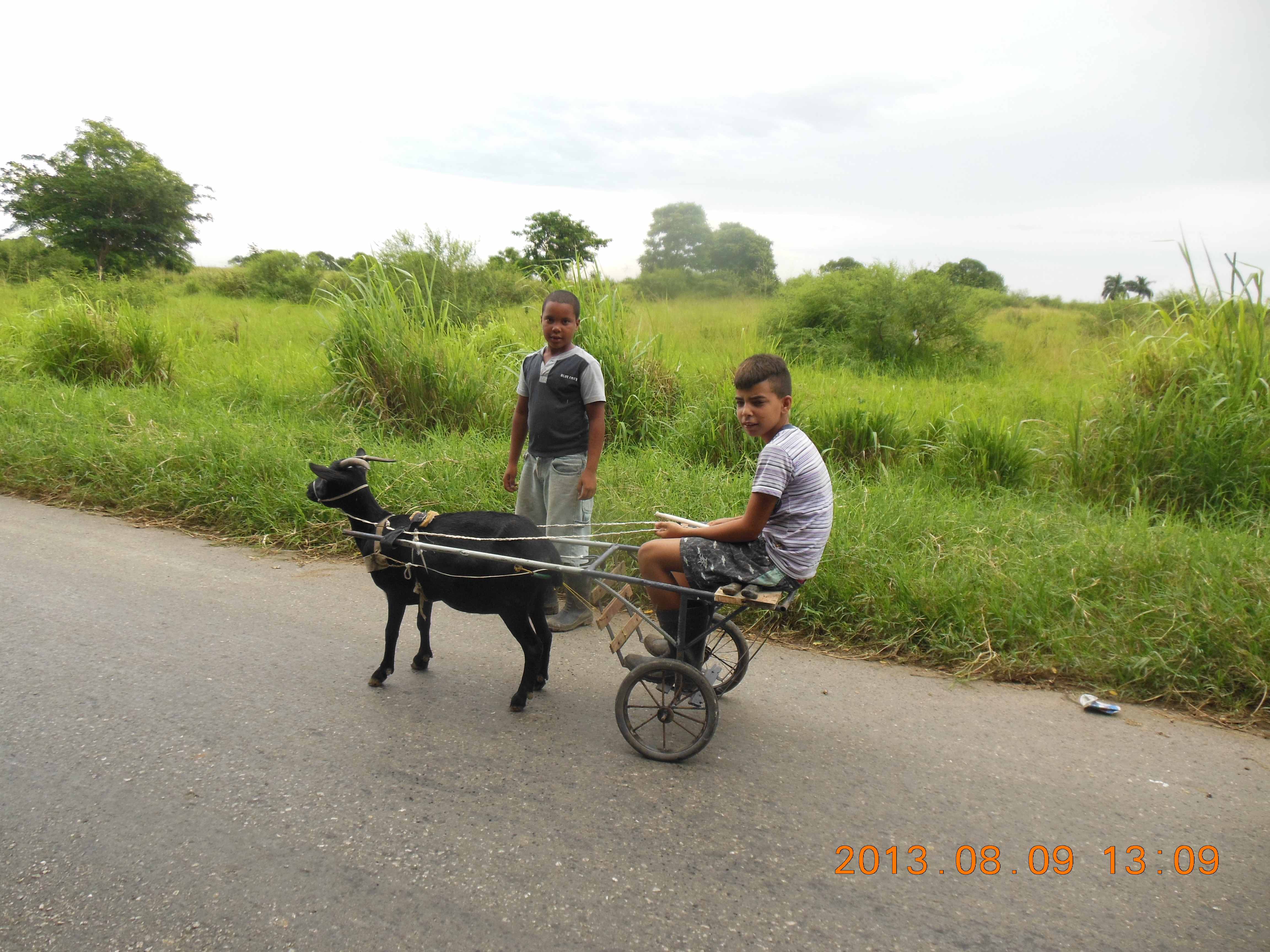
During my time in Cuba I came to learn many of the country's realities of life. Some were hard to face, but others were truly amazing. Simply unbelievable! For example, racism and class division just simply do not exist in Cuba. In terms of race relations, everyone is so mixed, and has been mixing for so many generations that it is difficult to tell what most people's ethnicities are. The concept of race did not exist for the Cubans that I spoke to. When I would ask people about racism, they seemed confused as to what racism would consist of, and as to why I was asking. When I explained the United State’s race relations, they seemed to struggle to conceptualize the idea, because it just didn't exist in their world. I got looks of shock when I explained the United States' history of racism and the racial divisions that continue today. It was fascinating to see a country that shared in having a history of racism, but that had experienced such a different outcome. Cuba's racial blindness wasn't just apparent in words, but in action too. Cubans of all colors did everything together, everywhere. My family had blonde haired, blue-eyed neighbors stopping by, as well as dark-skinned friends. There weren't any neighborhoods segregated by race as there are in the United States. People explained to me that on average there were more black doctors than white doctors in every hospital. Most police I saw were black or mixed, to my surprise. I encountered no visible signs of racial division. It was quite incredible.
Intimately tied into this racial peace is the fact that everyone in Cuba is the same class (excluding military and government officials). In this way Cubans' social relations were even more unbelievable, because there were no divisions based on class, clothing, visible signs of wealth, class customs, or any other usual causes of segregation. No one looked down upon anyone else for not having money, because everyone struggled all the time. Just like racial divisions, class pretension and class shame between Cubans does not exist. As an American, there were times I felt I had found a social utopia.
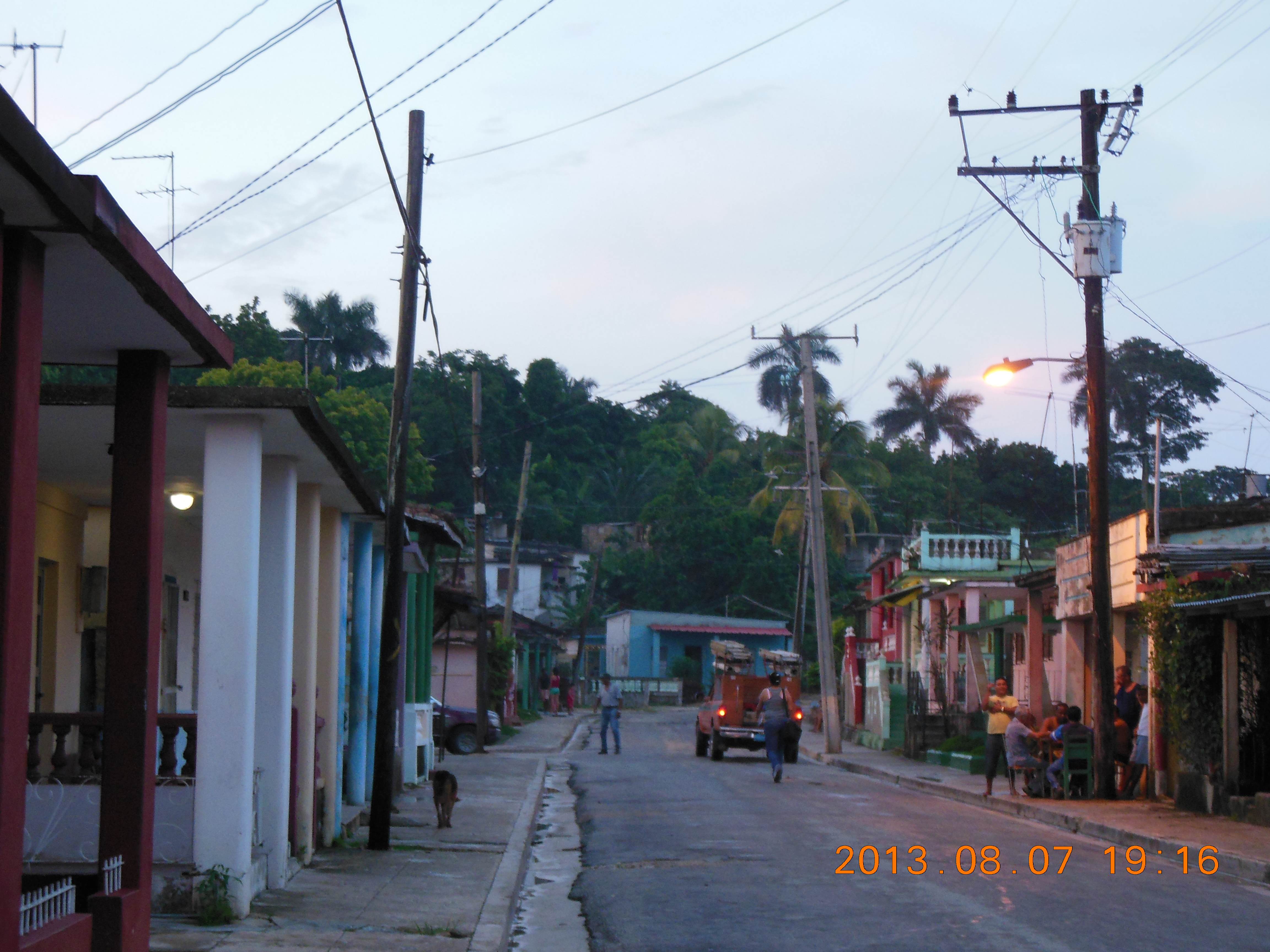
Continue reading Telling the Cuban Story: A President’s Summer Fellowship Project
Telling the Cuban Story: Interviewing the Last Generation of Cuba as We Know It
For my President's Summer Fellowship, it is my dream to collect the stories of the Cuban people before the huge political changes soon to occur in Cuba actually take place, including the oncoming takeover of a new president in five years, and the consequent ending of the famous 60 year Castro dictatorship. Soon the political climate will undergo enormous changes, taking old Cuba with it; and the generation that lived through the Cuban revolution will be gone, taking their stories with them. This is a critical time in Cuban history.
The goal of my project is to document as many stories as possible from the dying generation in Cuba that lived through the Cuban revolution in the 1950s; and as many Cuban perspectives of present conditions as I can.
